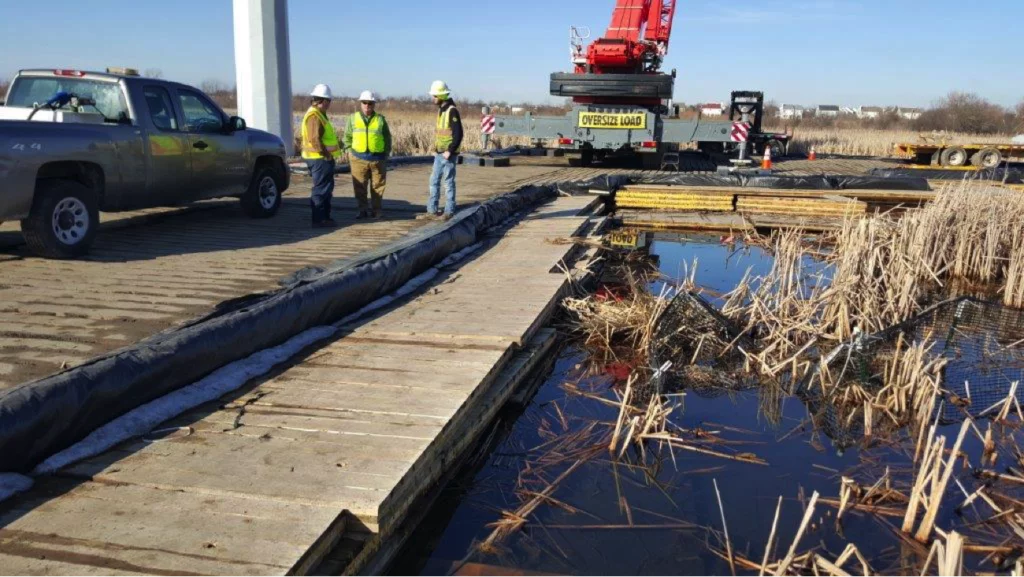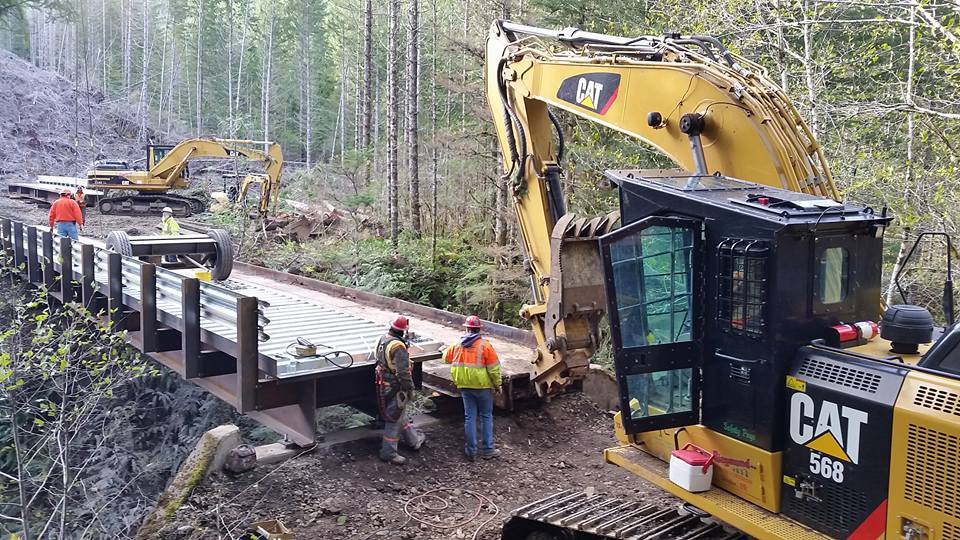When it comes to construction projects, overcoming tough site conditions and taming the terrain are a part of almost any project. It is true that the work can be even more difficult while trying to build a road on wet soil. In swampy areas, the soil is softer – which can cause slowdown of equipment or even cause them to get stuck. It can be physically challenging to work in wetlands and these areas are also ecologically more sensitive. Naturally, crews need to be more careful while operating heavy machinery in these areas, in order to avoid damage to fragile ecosystems. For any contractor, it is very important to know how to build a road safely through a swamp.
Tips to Build through Swamps
Contractors need to consider a number of factors while trying to access job sites filled with mud. These include:
Convenience of assembly
It can be sensible in many ways to use access mats for the construction of temporary roadways. These can also be assembled in a very easy way. There are rods in timber mats, which can be used for maneuvering and gripping at the time of installation whereas joints are there in cross laminated lightweight timber mats – that can lock in place automatically.
Conditions of the ground
It is very important to consider how stable the soil is, on which you have to carry out construction work. It is important to ensure a clear path, while trying to prepare a roadway through very soft areas. If swamp mats are laid over stumps rocks or any other obstacle, these can get warped or broken.

Environmental responsibilities
There can be very damaging consequences for animals and plants living in a wetland, when large cranes and trucks are moved through it. In a few cases, the damage that is caused to a wetland during such construction processes can take many years to get repaired through natural processes.
There can also be huge penalties for contractors to pay, for damaging local animal or plant habitats. Due to this reason, it is very important to create temporary roadways by laying down access mats. The weight of heavy machinery can be dispersed by these methods and harm can be reduced or even prevented.
It is particularly important to prevent damage to the root systems of vegetation, so as to ensure re-growth of plants after work completion.
Conclusion
A practical and simple solution for transportation across wetlands can be offered by access mats. These are time-saving and cheaper than constructing a bridge and can help create short-term transportation routes for personnel in forest management and other similar industries.
When you are prepared to lay access methods on the ground, the way you would assemble it would depend largely on the kind of method that you are working with. Generally, Timber mats are bulkier than Cross-laminated mats, and naturally – need heavy equipment for lifting and many working purposes. But you can also find pre-assembled mats, which remove all concerns about building individual mats on site.
